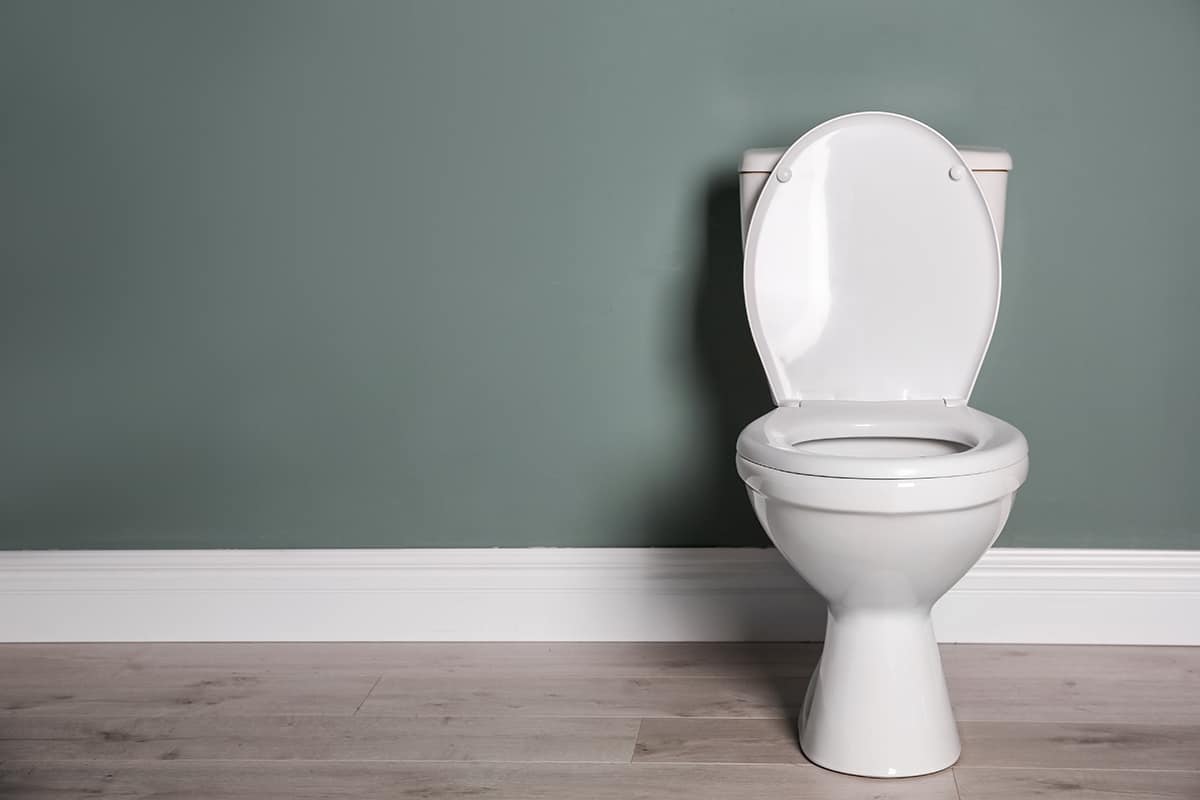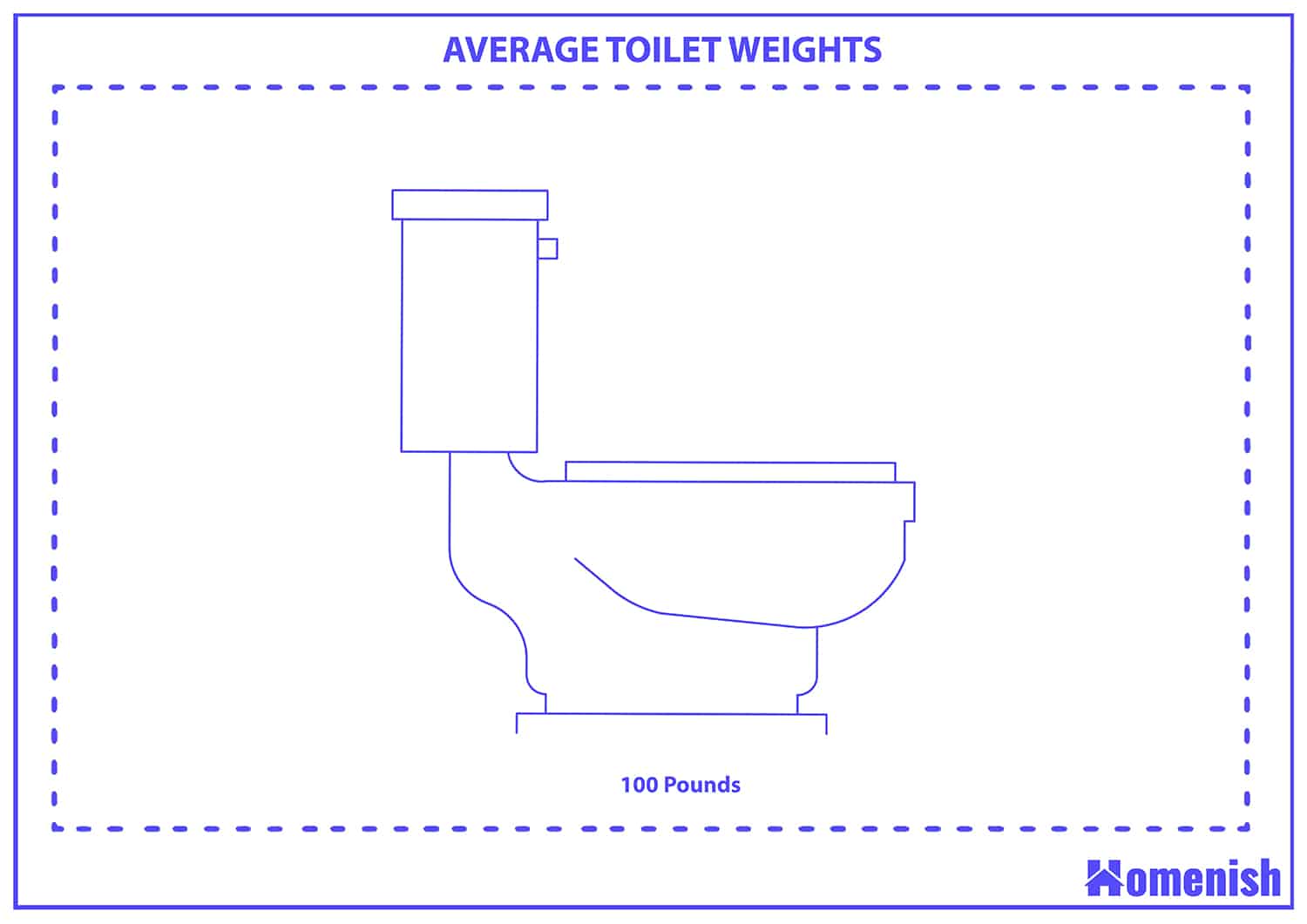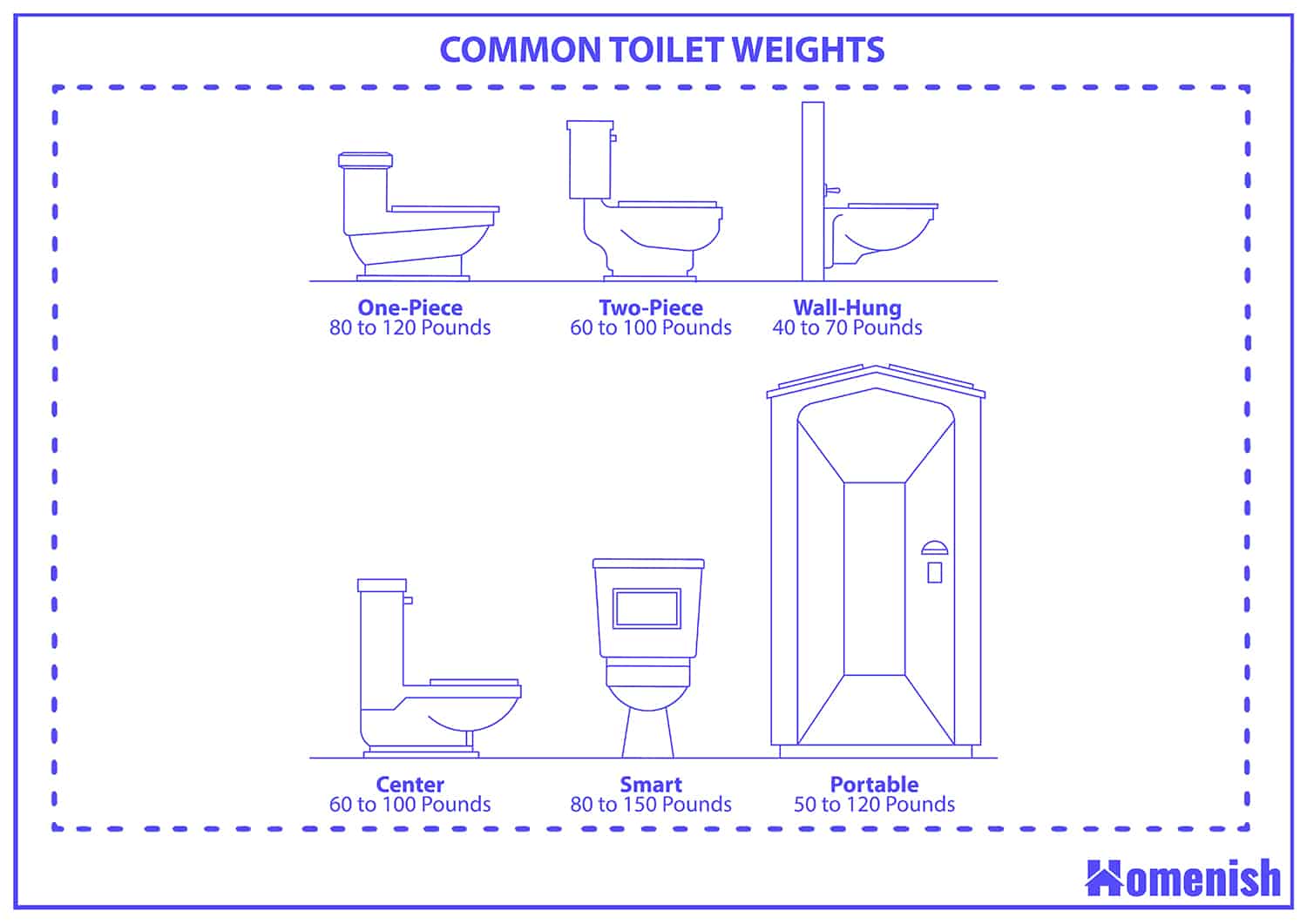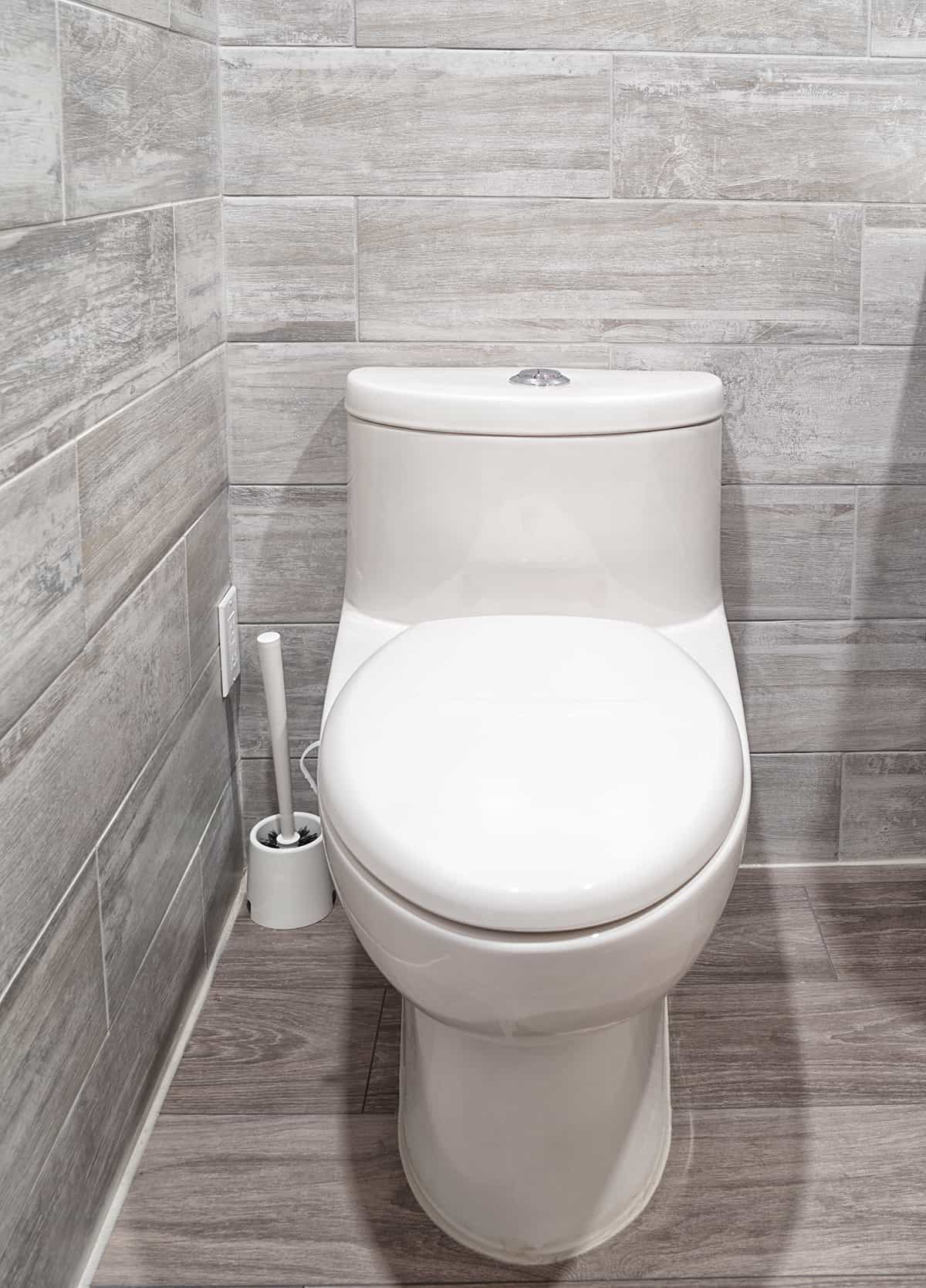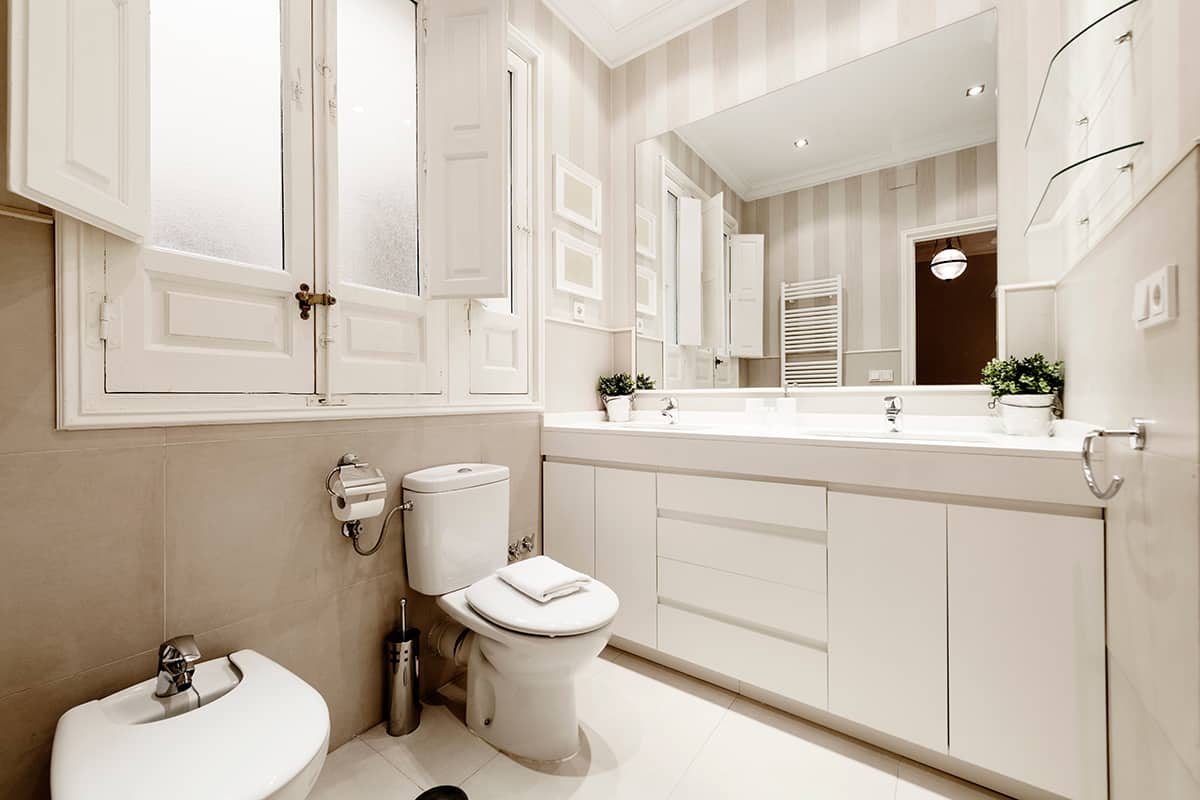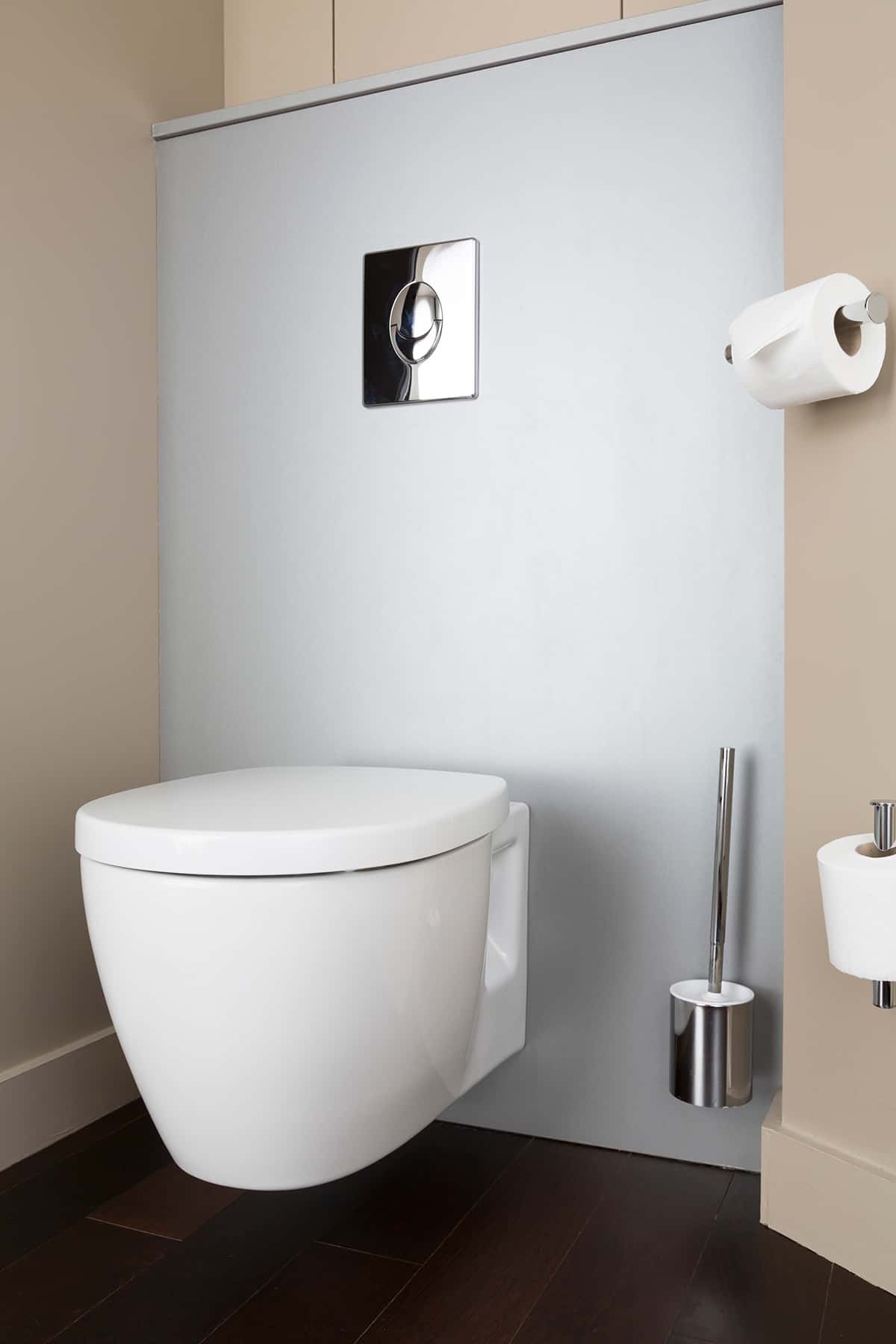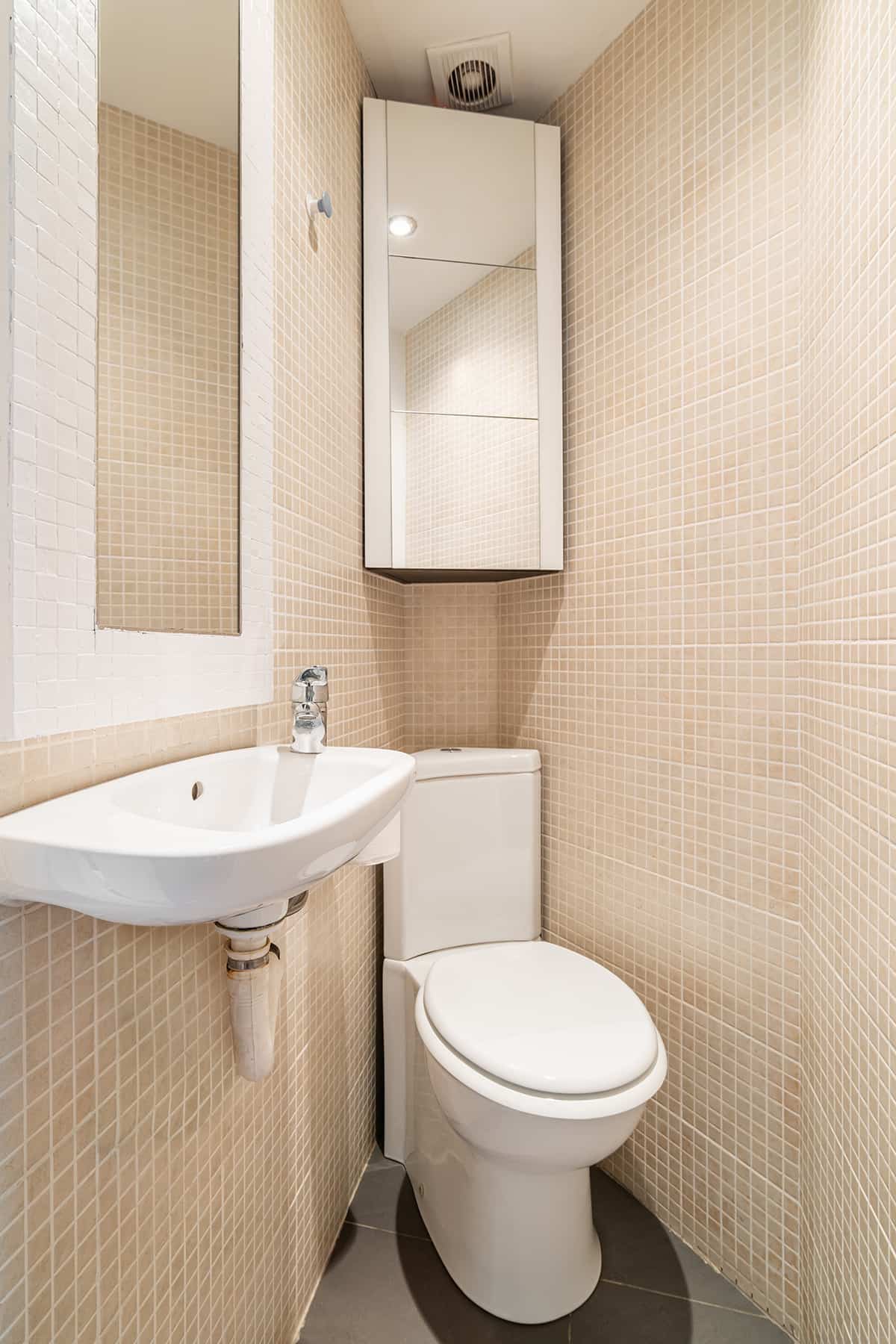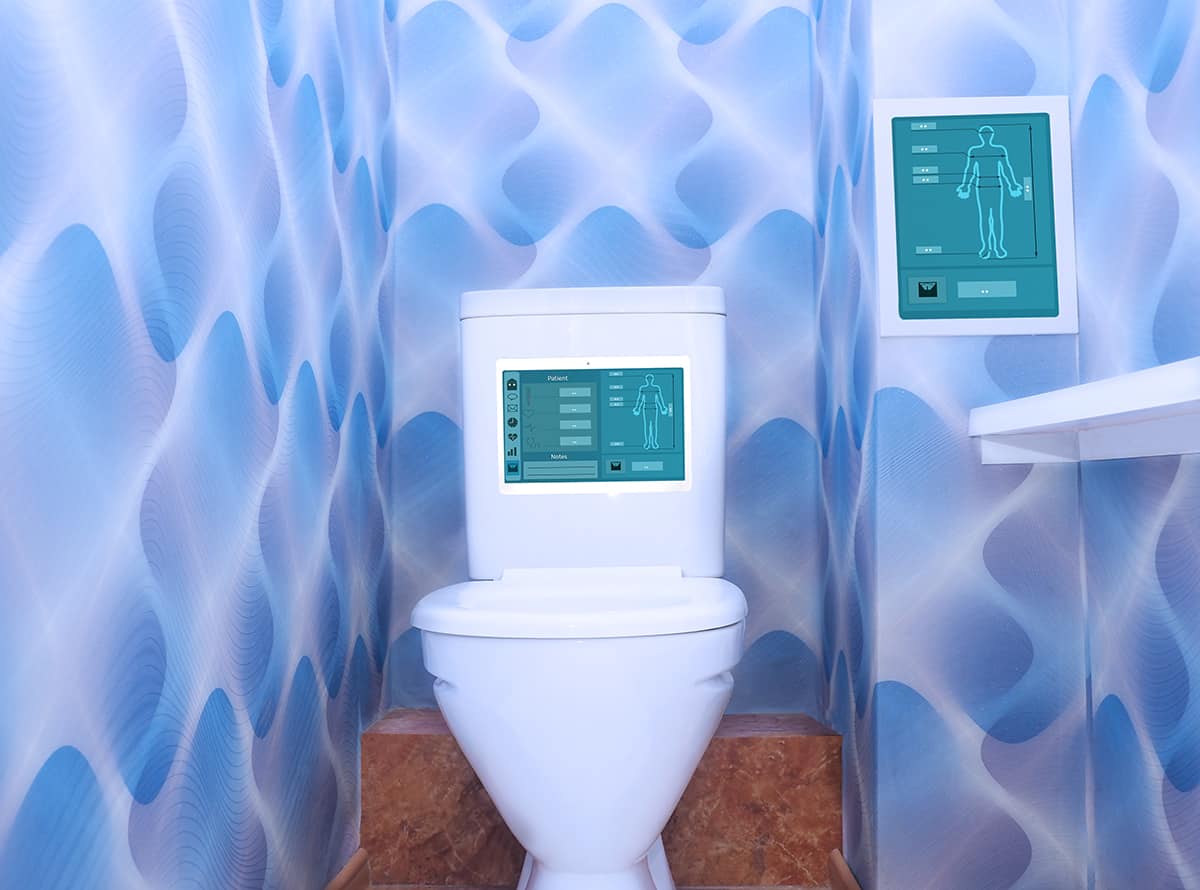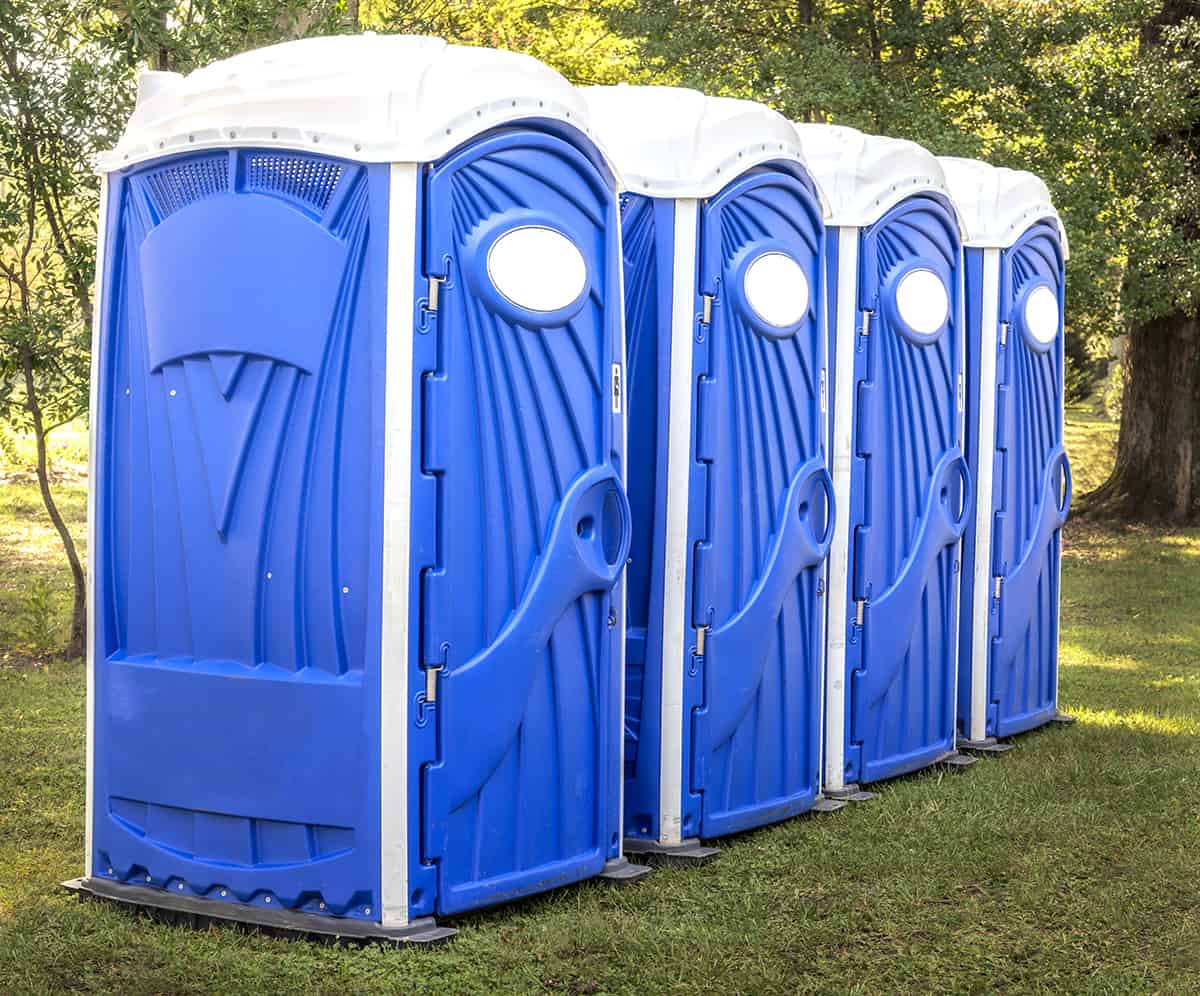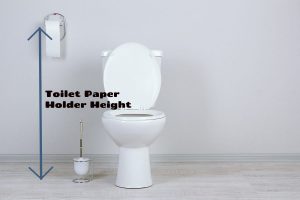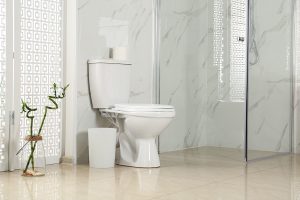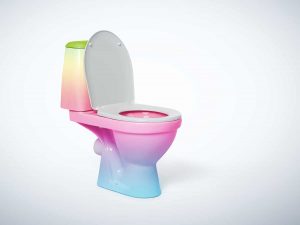Have you ever pondered the weight of your porcelain throne? It’s one of those mysteries of life that often goes unnoticed. But here’s the thing: we spend a significant portion of our lives sitting on a toilet. So, shouldn’t we at least know a little bit more about it?
The average weight of a two-piece toilet is around 100 pounds. This weight includes the weight of the tank and the bowl. However, the exact weight figures will vary between models and types.
So, what are the different types of toilets, you ask? I’ll answer this question, as well as why you should know the weight of a toilet and the various factors that affect its weight.
Importance of Knowing Toilet Weight
Let’s talk about why we’re even thinking about toilet weights to begin with.
Installation Considerations
Knowing the weight of a toilet is essential for proper installation, as it helps determine the necessary support for the floor and the appropriate plumbing fixtures. Heavier toilets may require additional reinforcement or specialized mounting brackets to ensure stability and prevent damage to the bathroom floor or surrounding structures.
Transportation and Handling
Being aware of a toilet’s weight is crucial for safe transportation and handling. Heavier units may require specialized equipment or additional manpower to move and install. Additionally, understanding the weight can help estimate shipping costs and ensure that proper precautions are taken to prevent damage during transit.
Bathroom Design and Space Planning
The weight of a toilet plays a role in bathroom design and space planning. Factoring in the weight capacity of bathroom fixtures, such as vanities or shelves, can prevent overloading and potential structural issues. Furthermore, considering the weight can help in determining the overall layout and aesthetic of the bathroom, ensuring that the chosen toilet is compatible with the existing design and structural capacity of the space.
Types of Toilets and Their Weights
Understanding the different types of toilets and their respective weights is essential when planning a bathroom renovation or installation. In this section, we will discuss six common toilet types, their design features, weight ranges, and the pros and cons associated with each.
1. One-Piece Toilets
One-piece toilets feature a seamless design that combines the tank and bowl into a single unit. This sleek and compact design is both aesthetically pleasing and easy to clean. One-piece toilets typically weigh between 80 and 120 pounds, with the average being around 100 pounds.
Pros:
- Easy to clean and maintain
- Sleek and modern design
- Less likely to leak
Cons:
- Heavier and harder to install
- Can be more expensive
2. Two-Piece Toilets
Two-piece toilets consist of separate tank and bowl components, which are bolted together during installation. This design is more traditional and is often found in older homes. Two-piece toilets usually weigh between 60 and 100 pounds.
Pros:
- Generally more affordable
- Easier to transport and install
- Replacement parts are readily available
Cons:
- More difficult to clean
- Greater potential for leaks
3. Wall-Hung Toilets
Wall-hung toilets are mounted to the wall, with the tank concealed behind it. This contemporary design saves floor space and creates a minimalist look in the bathroom. Wall-hung toilets typically weigh between 40 and 70 pounds.
Pros:
- Space-saving design
- Easy to clean
- Modern aesthetic
Cons:
- More complex installation
- Expensive to repair or replace
- Requires wall reinforcement
4. Corner Toilets
Corner toilets are specifically designed to fit into the corner of a bathroom, optimizing the use of limited space. These units are ideal for small bathrooms or powder rooms. Corner toilets generally weigh between 60 and 100 pounds.
Pros:
- Space-saving design
- Unique aesthetic
- Ideal for small bathrooms
Cons:
- Limited style and design options
- Can be difficult to find replacement parts
5. Smart Toilets
Smart toilets are equipped with advanced technology, such as bidet functionality, heated seats, and automatic flushing. These high-tech features provide added comfort and convenience. Smart toilets can weigh anywhere from 80 to 150 pounds.
Pros:
- Advanced features for increased comfort
- Eco-friendly options
- Modern design
Cons:
- Expensive upfront cost
- Higher maintenance and repair costs
- Heavier than traditional toilets
6. Portable Toilets
Portable toilets are lightweight, temporary solutions designed for use at outdoor events or on construction sites. They are made from lightweight materials and can be easily transported and set up. Portable toilets usually weigh between 50 and 120 pounds.
Pros:
- Lightweight and easy to transport
- Temporary solution for outdoor events
- Simple installation
Cons:
- Limited comfort and design
- Requires regular servicing
- Not ideal for long-term use
Factors Affecting Toilet Weight
In this section, we will discuss the main factors affecting toilet weight, including the materials used in their construction, the size of the toilet bowl, and the additional features that can contribute to the overall weight.
1. Material
The material used in constructing a toilet can significantly impact its weight. Common materials include ceramic and porcelain, which are heavy and durable. Other materials, such as stainless steel and acrylic, may be lighter but still provide adequate strength and durability.
2. Toilet Bowl Size
The size of the toilet bowl can also affect the overall weight of the unit. Generally, elongated bowls are larger and heavier than round bowls, providing more comfort but also adding to the weight of the toilet.
3. Additional Features
Toilets with advanced features, such as bidets, heated seats, and built-in deodorizers, tend to weigh more due to the extra components required for these functions. Additionally, automatic flushing mechanisms can also contribute to the overall weight of a toilet.
FAQs About Toilet Weight
1. Can I install a heavier toilet on my existing bathroom floor?
It depends on the structural capacity of your bathroom floor. Heavier toilets may require additional reinforcement or specialized mounting brackets to ensure stability and prevent damage to the floor or surrounding structures. Consult a professional before installing a heavier toilet to assess your floor’s ability to support the extra weight.
2. How can I reduce the weight of a toilet?
Reducing the weight of a toilet may not be practical as it is primarily determined by the material and design. If you need a lighter toilet, consider purchasing one made from lighter materials, such as certain types of plastic or a smaller, more compact design to reduce the overall weight.
3. Does the weight of a toilet affect its performance?
The weight of a toilet doesn’t directly affect its performance, but it can impact factors such as installation, transportation, and bathroom design. Heavier toilets might offer more durability and stability, while lighter ones can be easier to handle and install. The functionality of a toilet is primarily determined by its design, flushing mechanism, and water efficiency.
